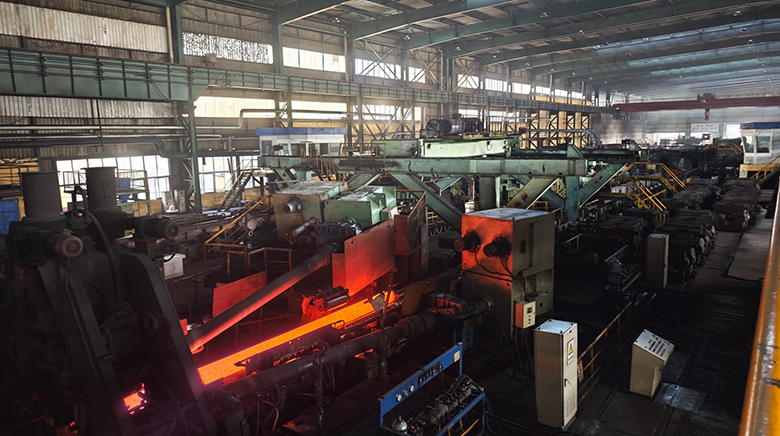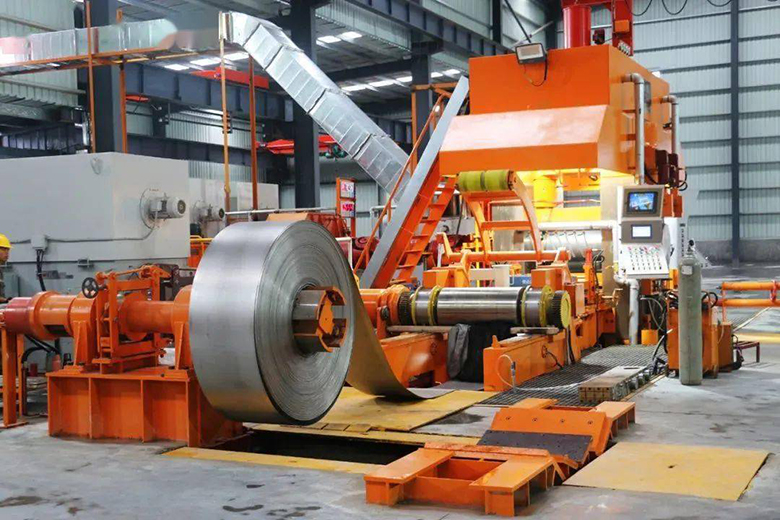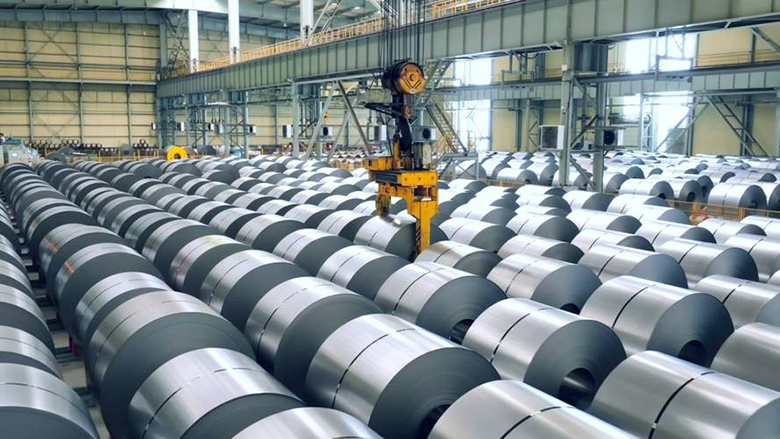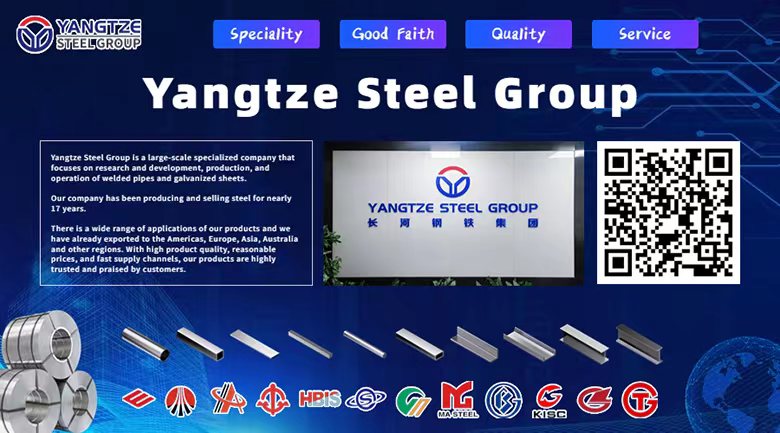The difference between hot rolling and cold rolling
Hot rolling: Hot rolling refers to rolling steel at high temperature, generally at the recrystallization temperature (about 927°C or above). High temperature helps to reduce the strength of steel, improve its plasticity, and facilitate forming.

Cold rolling: Cold rolling is rolling steel at room temperature, changing the shape and thickness of steel by continuously applying pressure. Due to processing at low temperature, cold-rolled products have higher strength and better surface quality.

There are obvious differences in the process flow of hot rolling and cold rolling. Hot rolling usually goes through the steps of heating, rolling, cooling, etc.; while cold rolling adds pickling, annealing and other processes on the basis of hot rolling to improve the strength and surface quality of the product.

The difference between hot rolling and cold rolling:
Category | Hot rolling | Cold rolling |
Processing temperature | Above the recrystallization temperature | Carried out at room temperature, |
Surface quality | Rough surface with oxide scale | Smooth surface, no oxide scale,high dimensional accuracy |
Dimensional accuracy | Low dimensional accuracy and large tolerances | High dimensional accuracy, uniform thickness and width |
Material properties | Low strength and hardness, but good plasticity | High strength and hardness, but reduced |
Application areas | Suitable for manufacturing structural parts, | Applicable to products that require |
In short, hot rolling is suitable for the production of large pieces and products with low surface requirements, while cold rolling is suitable for the production of thin plates with smooth surface and high precision and high-strength products.









